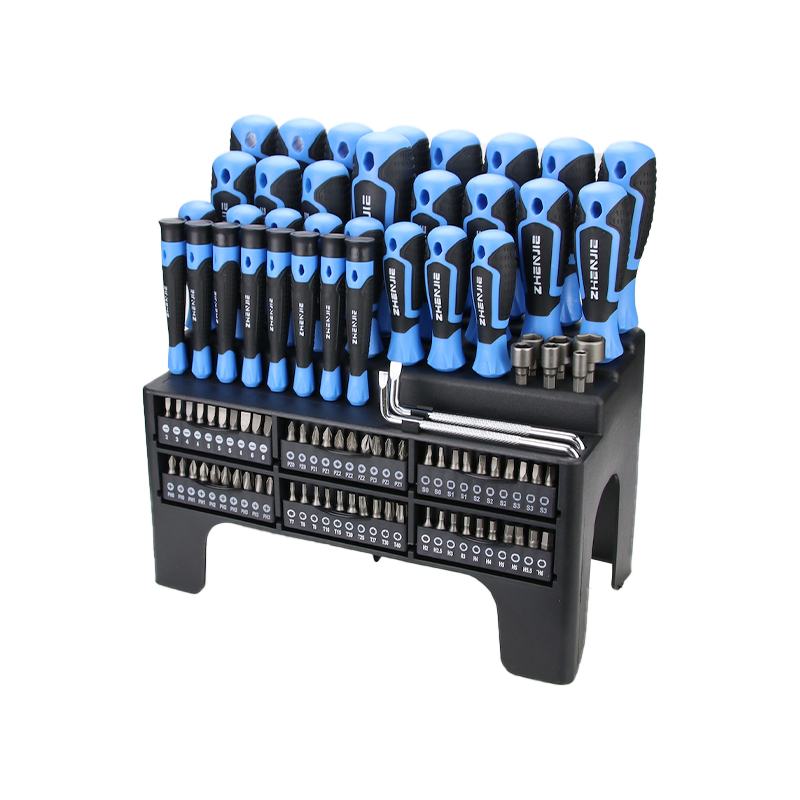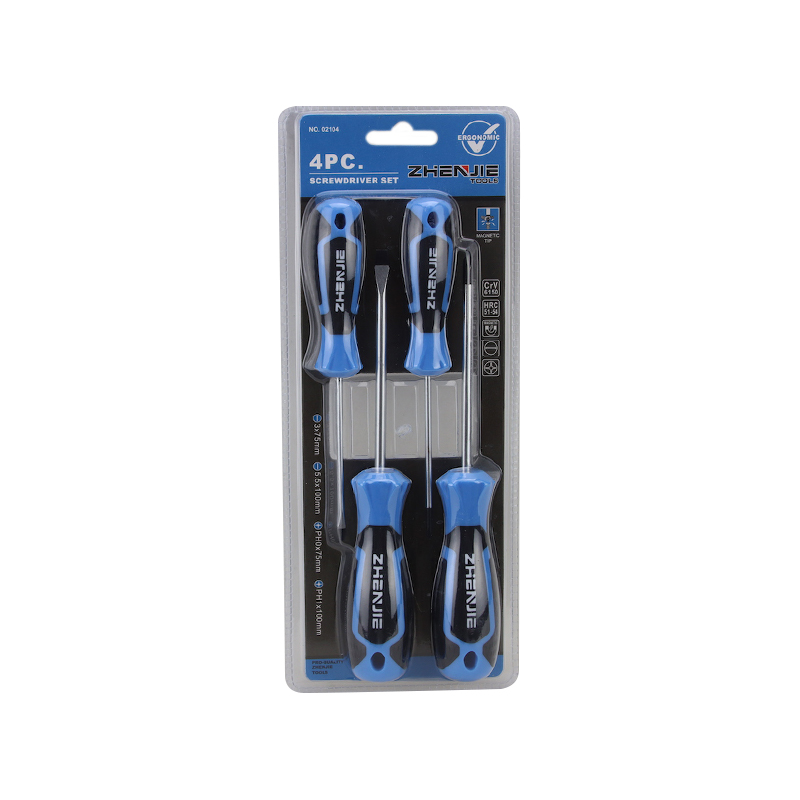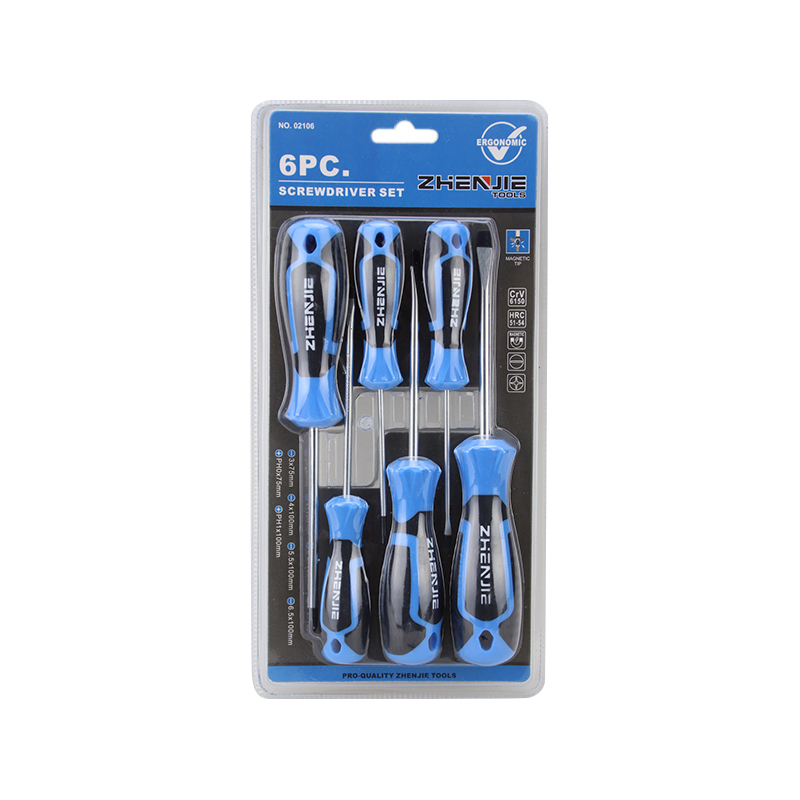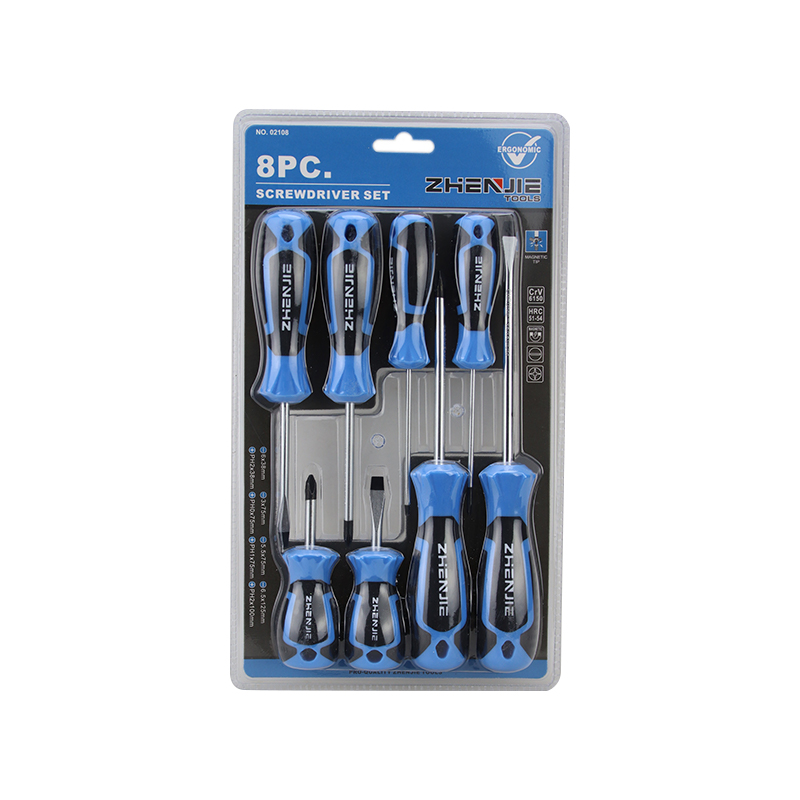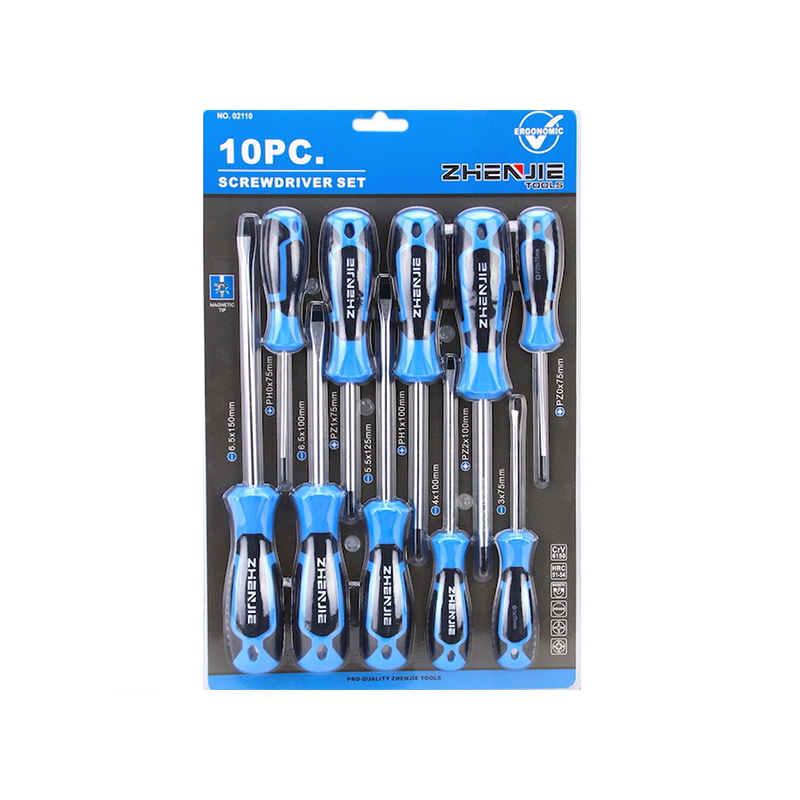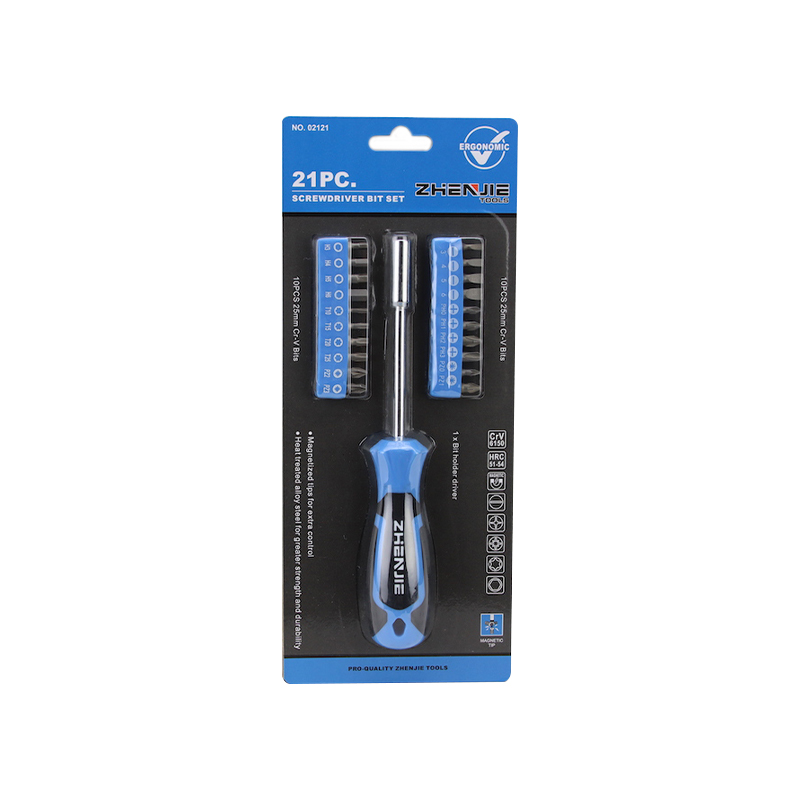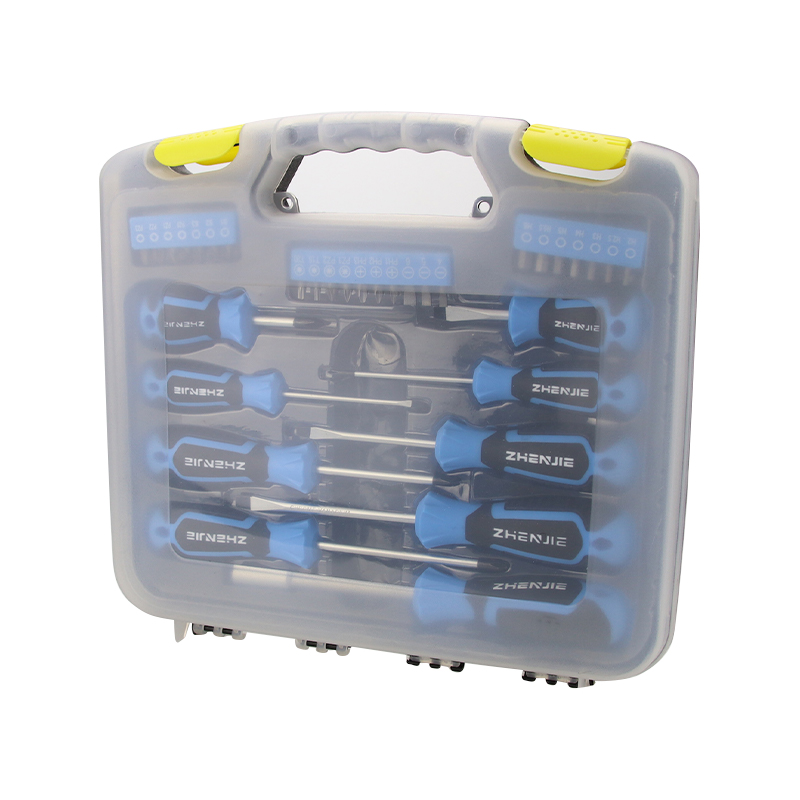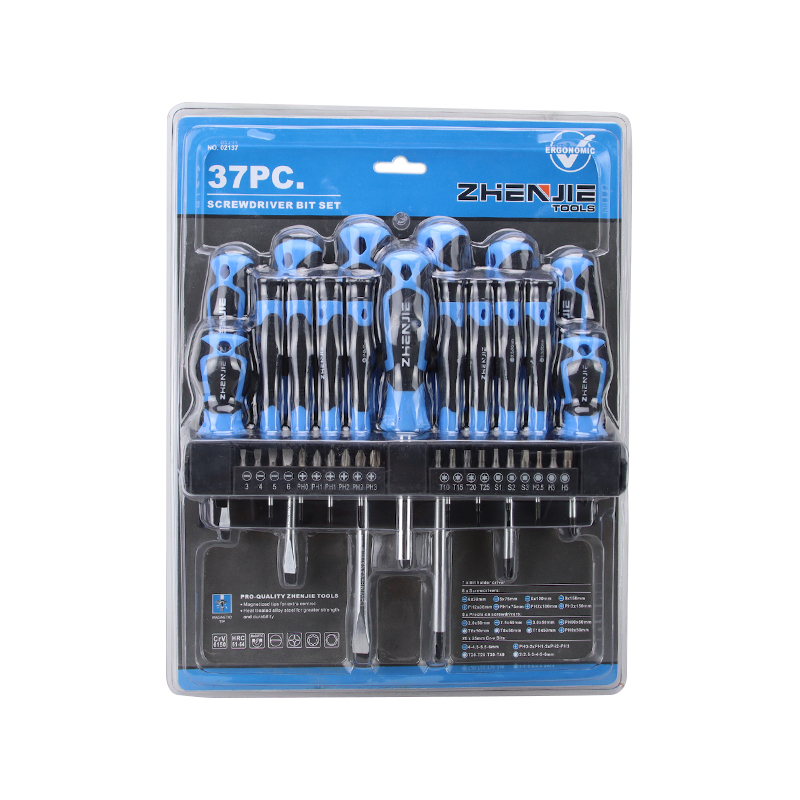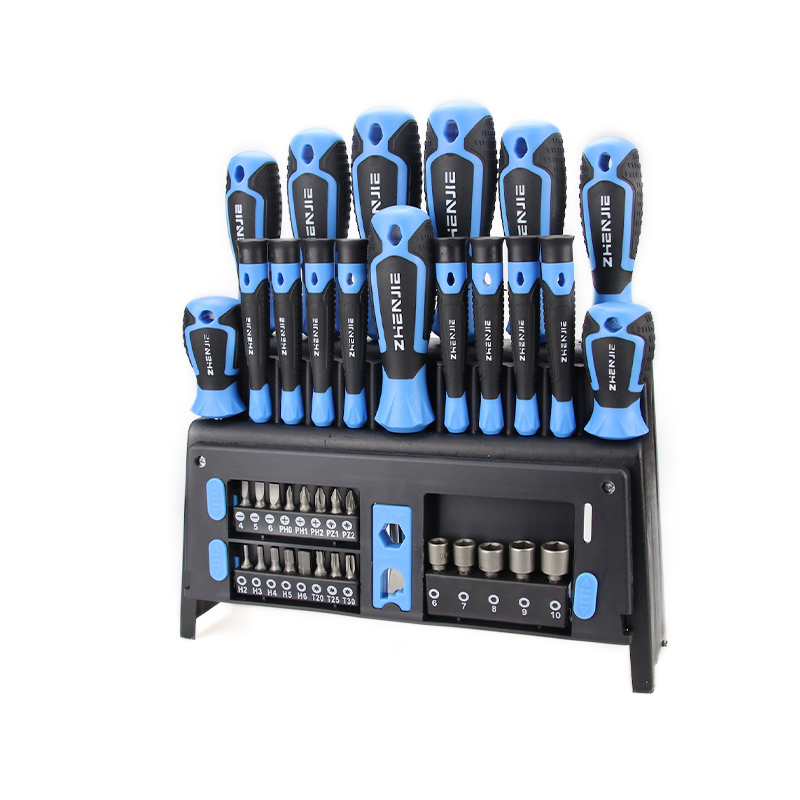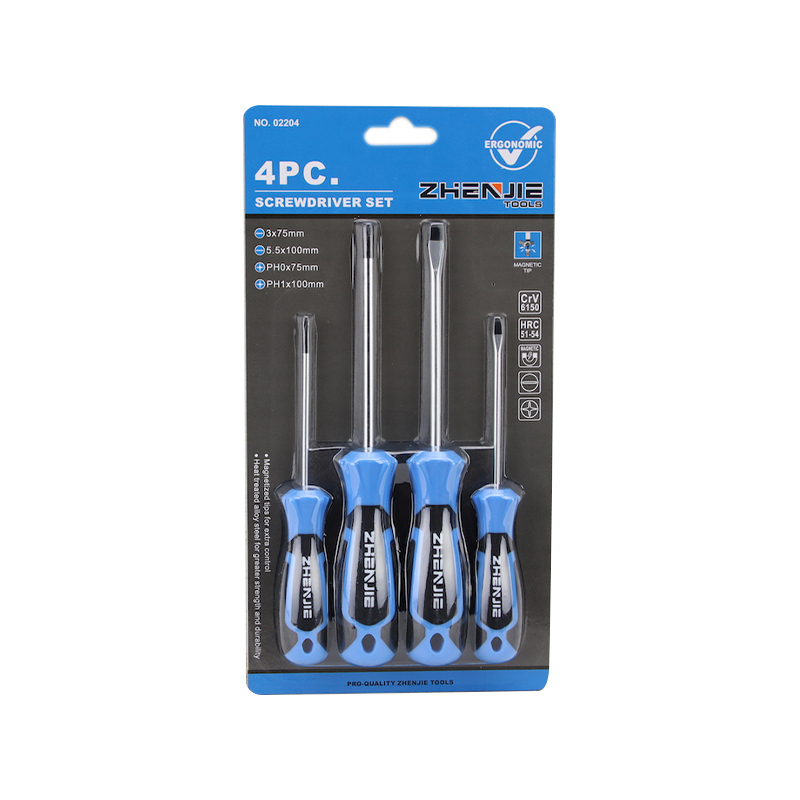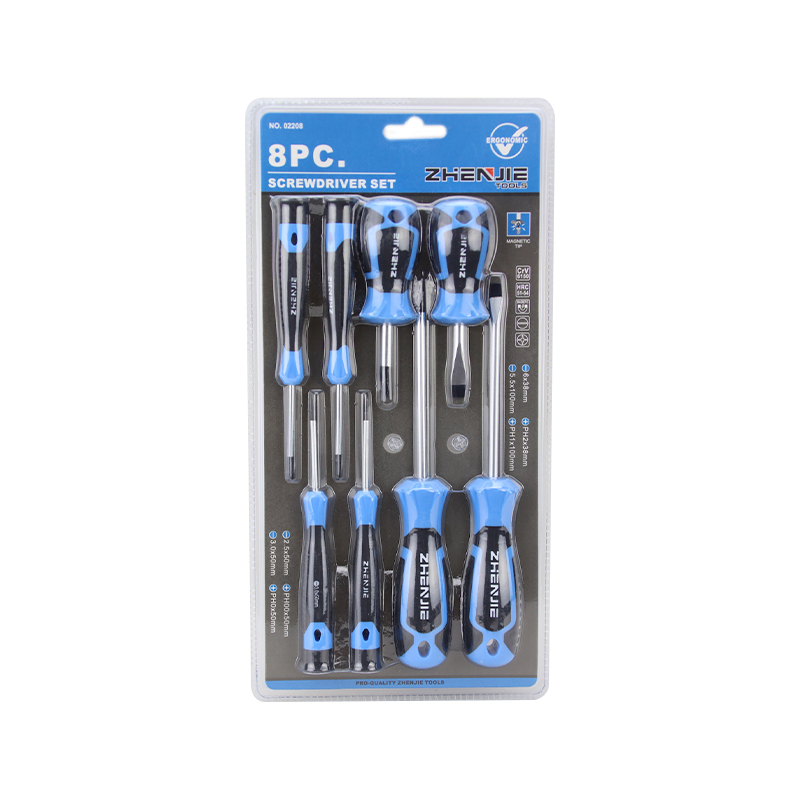As industrial equipment becomes increasingly sophisticated and modular, the limitations of rigid transmission systems are becoming more and more prominent. When mechanical structures need to pass through narrow spaces, achieve multi-angle deflection, or withstand complex working conditions, Universal Flexible Shaft is becoming the core technology carrier that breaks through the boundaries of traditional transmission with its unique mechanical structure and material properties. This innovative component that combines elastic mechanics and precision manufacturing not only redefines the physical form of power transmission, but also spawns cross-industry technological innovation.
The core breakthrough of the universal flexible shaft lies in the construction of its double-layer torsion-resistant system. The outer elastic steel wire braided sleeve forms an axial tensile stiffness gradient distribution while maintaining radial flexibility through precise spiral angle control. When torque is transmitted, the steel wire layer absorbs impact energy through slight deformation, converting the stress concentration of the traditional rigid shaft into distributed elastic potential energy. This design enables the shaft to maintain a transmission efficiency of more than 95% when subjected to 200% rated torque impact, and the fatigue life is 4-6 times higher than that of the traditional rubber sheath structure.
The inner modular joint components achieve multi-angle deflection through three-dimensional spherical clearance fit. Each joint unit adopts a double-row ball cage structure, and with the spring buckle with adjustable preload, a stable rotation plane can be formed within the range of ±45°. Adjacent joints are matched through asymmetric concave and convex surfaces, which not only ensures the continuous transmission of torque, but also achieves an angular resolution of 0.1°. This reconfigurable joint array enables a single flexible shaft to adapt to complex paths with a spatial curvature radius of less than 150mm, providing new possibilities for the lightweight design of industrial equipment.
In terms of vibration suppression, the universal flexible shaft exhibits a unique energy conversion mechanism. When encountering transient impact, the spiral structure of the elastic steel wire layer produces controllable axial expansion and contraction, converting torsional vibration into tensile and compressive deformation. With the built-in silicon-based damping coating, the vibration attenuation rate can reach more than 92%.
At the manufacturing process level, the composite technology of additive manufacturing and precision cold drawing is rewriting the production paradigm of flexible shafts. By directly forming the internal joint components through electron beam melting technology and combining with multiple cold drawing and straightening processes, the straightness of the shaft can be controlled within 0.05mm/m. This manufacturing precision enables the flexible shaft to reach the G1.0 standard for dynamic balance when rotating at a high speed of 3000rpm, clearing the way for its application in the aerospace field.
The technological breakthrough of universal flexible shafts is triggering paradigm shifts in many fields. In the field of energy equipment, it shortens the transmission chain length of onshore wind power gearboxes by 40% and reduces weight by 25%, directly driving the cost of megawatt-class units down by 18%. In the field of medical robots, a micro-flexible shaft with a diameter of only 3mm combined with magnetic coupling drive increases the degree of freedom of endoscopic surgical instruments to 9, and the operating accuracy exceeds the 0.1mm threshold. In the field of industrial automation, the modular flexible shaft system reduces the reconstruction time of the assembly line from several weeks to 4 hours, and increases the overall equipment efficiency (OEE) by 22 percentage points.
The essence of this technology radiation effect lies in its reconstruction of the spatial relationship between "power source-actuator". When the transmission system is no longer restricted by the straight-line constraints of rigid shafts, the form of industrial equipment will usher in a true liberalization revolution - from snake-like robots for deep-sea drilling to folding mirrors for space telescopes, universal flexible shafts are becoming the "spatial curves" that unlock the power of three-dimensional space.

 English
English русский
русский Español
Español